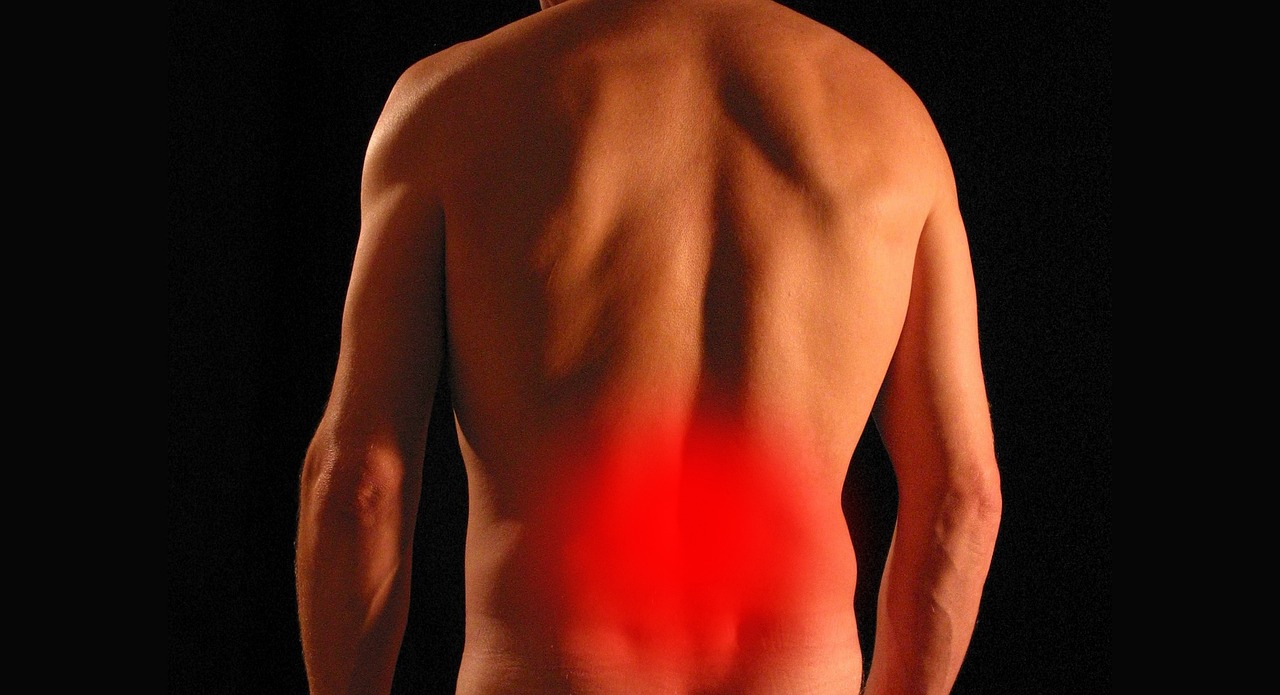When Back Pain Means More – Spinal Disc Herniation Explained
Adults often suffer from back pain, yet it could indicate something more significant for some. Spinal disc herniation transpires when a disc between the vertebrae of the spine weakens or sustains damage, displacing its inner core. Southwest Surgery covers the reasons, indications, and treatments for spinal disc herniation, helping those experiencing back pain to receive comfort.
What is Spinal Disc Herniation?
Spinal disc herniation occurs when the discs between vertebrae swell or tear, pressing on the spinal nerves. Over time, the condition leads to discomfort, lack of sensation, and lack of strength. Many refer to it as a slipped or ruptured disc, which most commonly appears in the lower back and neck regions.
Common Causes of Spinal Disc Herniation
Age-related damage to the spine can lead to spinal disc herniation, as can sudden shocks or injuries. Usually, the reasons include incorrect posture while carrying heavy items or engaging in active sports. Additional risk factors include being overweight, inactive lifestyle, and genetics. Smoking and an unhealthy diet can also contribute to developing spinal disc herniation.
Symptoms of Spinal Disc Herniation
Spinal disc herniation can cause various symptoms depending on its severity and location. It is important to note that not everyone with a herniated disc will experience symptoms. For some, the symptoms may be manageable and mild. In more severe cases, however, the following symptoms may be present:
Back or neck pain
The most common spinal disc herniation symptom is localized back or neck pain. Typically, the pain ranges from mild to intense and may be constant or intermittent.
Radiating pain
When a herniated disc puts pressure on the spinal nerves, it can cause pain that radiates down the arms or legs. Typically, it may feel like an electric shock or shooting sensation.
Numbness or tingling
Herniated discs can also compress the spinal nerves. Over time, this leads to numbness or tingling in the arms, hands, legs, or feet.
Muscle weakness
Sometimes, the affected nerves may induce muscle weakness. Usually, it manifests as difficulty gripping objects, lifting them, or walking.
Changes in reflexes
Sometimes, a herniated disc can affect reflexes. Consequently, patients may observe reduced or increased reflex actions in certain areas of the body.
Loss of bowel control
In rare cases, loss of control over bladder or bowel function may occur. This medical emergency is rare and requires immediate attention.
How to Diagnose Spinal Disc Herniation
If you notice any signs of spinal disc herniation, make sure to see a doctor right away. Typically, specialists run imaging tests (CT scan or MRI) to determine the location and seriousness of the herniation. Moreover, they review your medical background and give you a physical examination. Furthermore, they may analyze your muscle strength, leg discomfort, and reflexes in a neurological check-up. Sometimes, patients may undergo an EMG to measure the muscles’ electrical activity.
Treatment Options
Dealing with a spinal disc herniation? Familiarize yourself with the potential treatment options. Seeking immediate medical help is crucial to prevent further damage and discomfort. The standard treatment approaches include:
Conservative Treatment
This method involves bed rest, physiotherapy, chiropractic services, and anti-inflammatory medications like ibuprofen and naproxen. Even though individual results may vary, this treatment is generally effective in alleviating pain and reducing inflammation.
Epidural Steroid Injections
When traditional treatments are ineffective, specialists suggest an epidural steroid injection. This involves injecting a steroid medication near the spinal cord to reduce inflammation and pain.
Typically, surgery should be the last resort if the above options fail. In most cases, specialists perform a discectomy by partially or entirely removing the affected disc. The end goal is to relieve pressure on the nerves.
Tips to Help Manage Spinal Disc Herniation
- Maintain proper posture: Ensure you sit and stand upright with your shoulders back and raised chin.
- Exercise: Engage in low-impact activities like swimming or walking to strengthen the muscles around the injury.
- Use heat/cold therapy: Apply hot/cold packs to the affected area for comfort.
- Take breaks: Take regular breaks if you sit for prolonged periods to reduce spine strain.
- Avoid heavy lifting: Refrain from carrying heavy objects or lifting improperly, worsening the injury.
- Explore physical therapy: Consult a physical therapist to receive customized exercises to alleviate pain and improve functionality.
Final Thoughts
Are you experiencing spinal disc herniation? Undoubtedly, the pain is tremendous and probably dramatically impacts your quality of life. As expected, the best thing to do is seek medical attention for diagnosis and treatment. In the meantime, there are steps you can take to manage the pain. Rest well, practice gentle exercises and stretches, and avoid activities aggravating your symptoms. You can regain control of your life and enjoy a pain-free existence with proper care.

